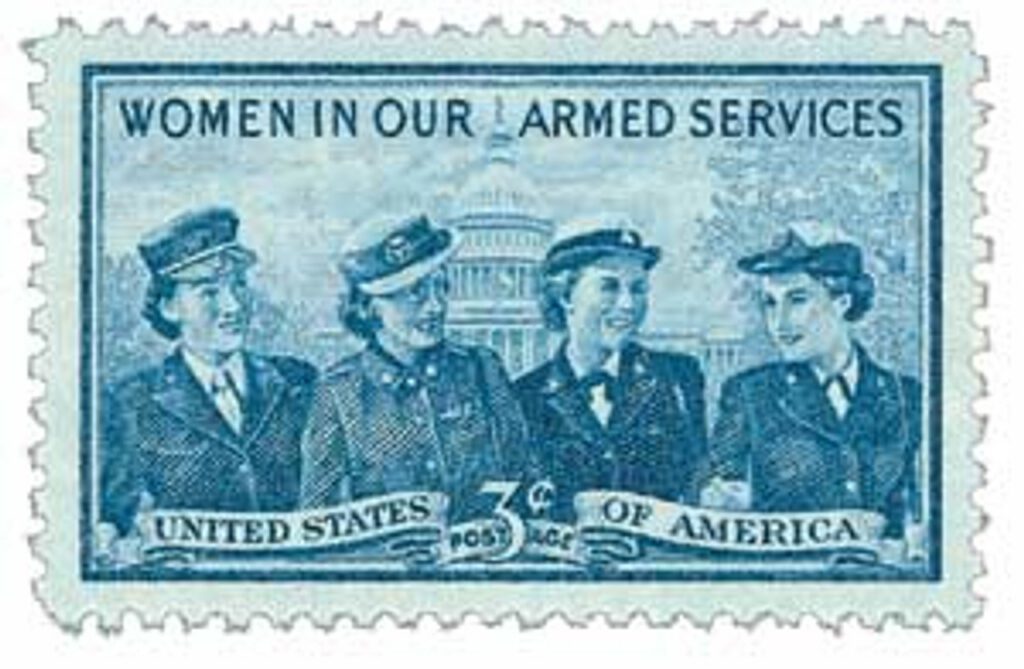On October 18, 1997, the Women in Military Service for America Memorial (WIMSA) was officially dedicated in Arlington County, Virginia.
Female veterans began calling for a memorial to women in the armed services in the early 1980s. By 1982, they received formal support from the American Veterans Committee.
Then in 1985, the Subcommittee on Library and Memorials introduced legislation calling for a memorial. The secretary of the Interior and the National Park Service opposed the memorial, claiming that the Vietnam Women’s Memorial and the planned US Navy Memorial both honored women. In spite of this opposition, the legislation passed in the House that November.
At the time, there were concerns that there were too many memorials and monuments on the National Mall, and some called for a new system of approval. But those in support of the WIMSA believed there should be a full memorial dedicated to the contributions of women in the military, so they formed a foundation to raise funds and lobby Congress. Their efforts succeeded and President Ronald Reagan signed the bill into law on November 6, 1986.
For the location of the memorial, the foundation selected the Hemicycle, a ceremonial entrance to Arlington National Cemetery that had never been used and was in disrepair. The site was unanimously approved, after which a design competition was held to find an architect for the memorial. Over the next several years, the memorial’s planners faced fund-raising difficulties, but managed to break ground on June 22, 1995. Construction would take more than two years, during which time all of the construction managers were women.

Finally, the memorial was ready for its dedication on October 18, 1997. As part of the celebration, the USPS was issuing a stamp to honor the memorial and America’s female veterans. However, late in the process, they discovered that the National Park Service barred the sale of such items on their property. So organizers got two vans and parked them in a nearby parking lot to sell to collectors. The stamps were also available in the memorial gift shop.
The dedication celebration began the night before with a candlelight march across Arlington Memorial Bridge. Then the official dedication kicked off on the morning of October 18. A wreath was laid at the Tomb of the Unknown Soldier, and then Bob Dole delivered a speech in front of 5,000 people at the Memorial Amphitheater. The ceremony then relocated to the memorial, where a flyover of all women pilots was staged (a first in US history). Then a series of speeches honored the memorial and our female veterans. Among the speakers were Al Gore and Sandra Day O’Connor, and there was a recorded message from President Bill Clinton and his wife who were on a state visit to South Africa. One of the most memorable moments of the day was an address by 101-year-old World War I veteran Frieda Mae Greene Hardin. In all, about 30,000 people attended the ceremony.
Click here to see video from the memorial’s dedication.
Click here to visit the memorial’s website.
| FREE printable This Day in History album pages Download a PDF of today’s article. Get a binder or other supplies to create your This Day in History album. |
Discover what else happened on This Day in History.






Here’s to the power of women.